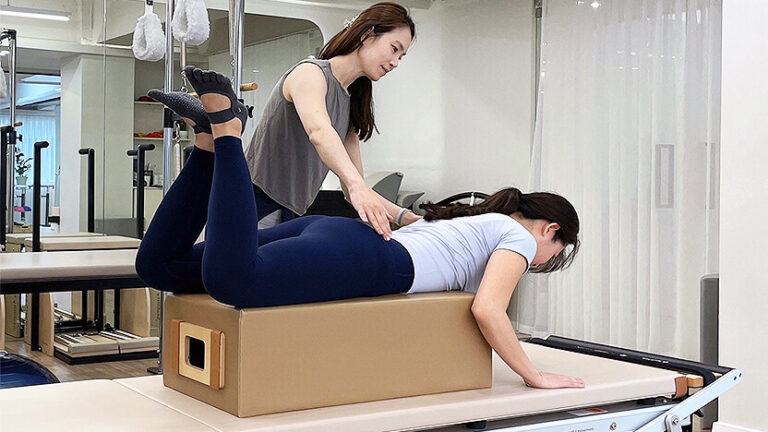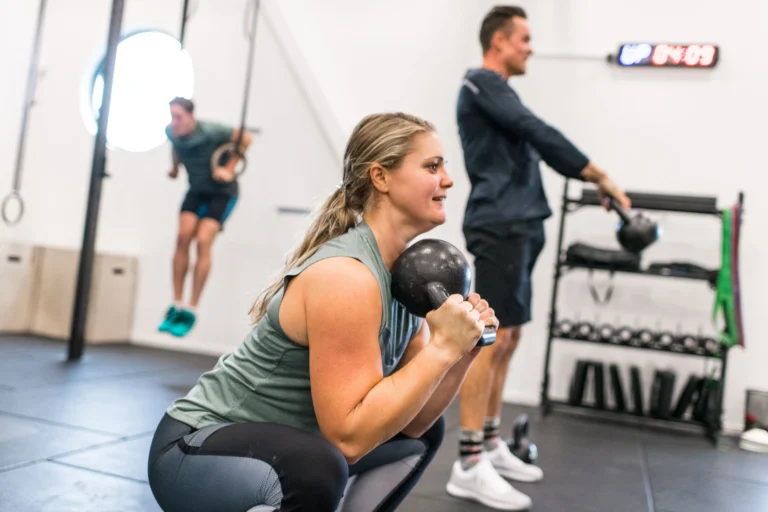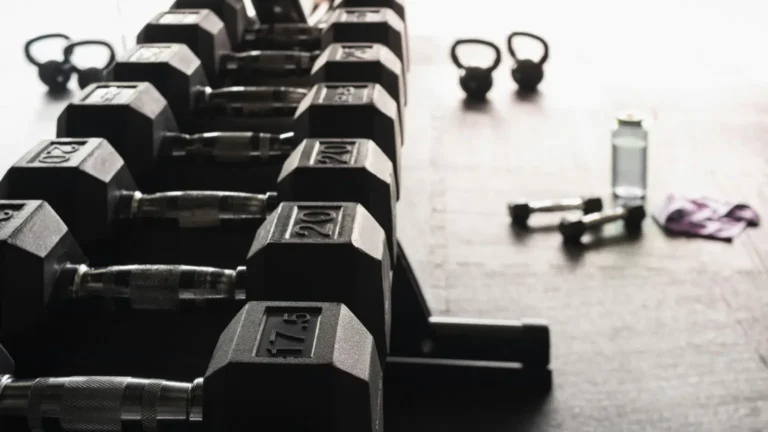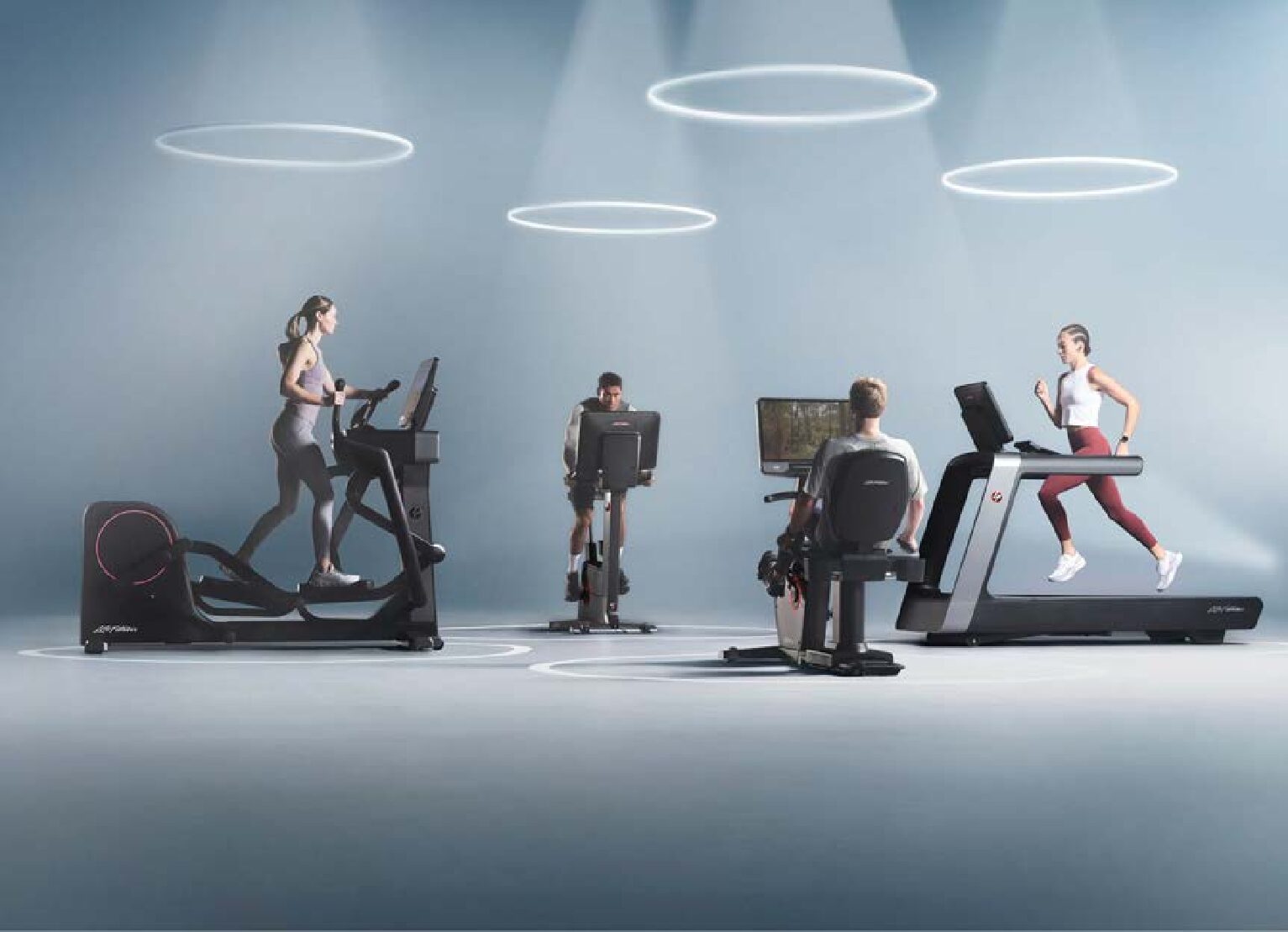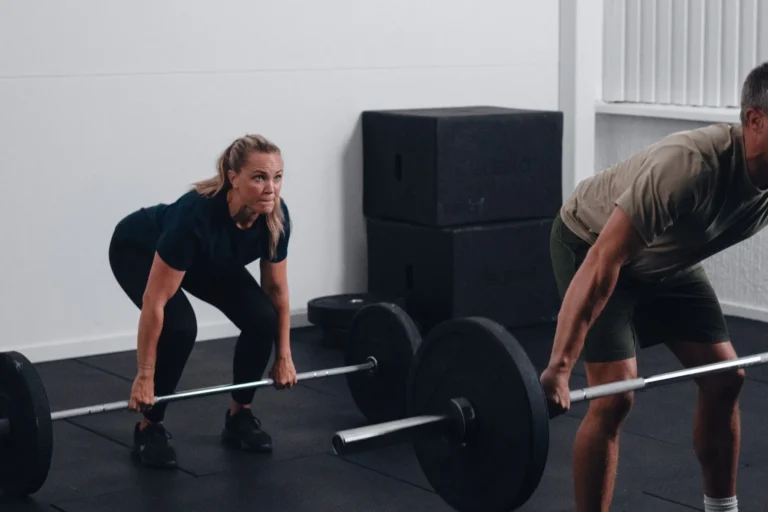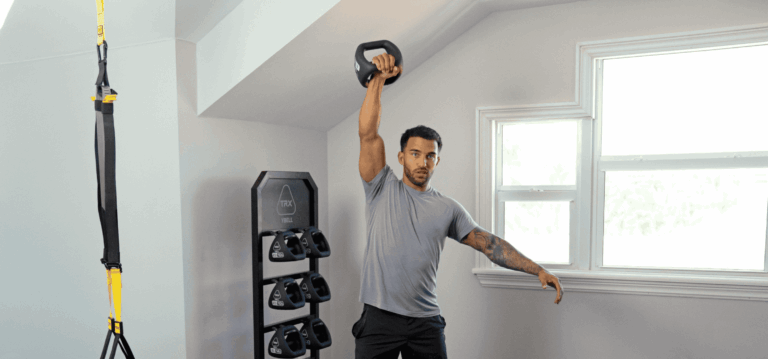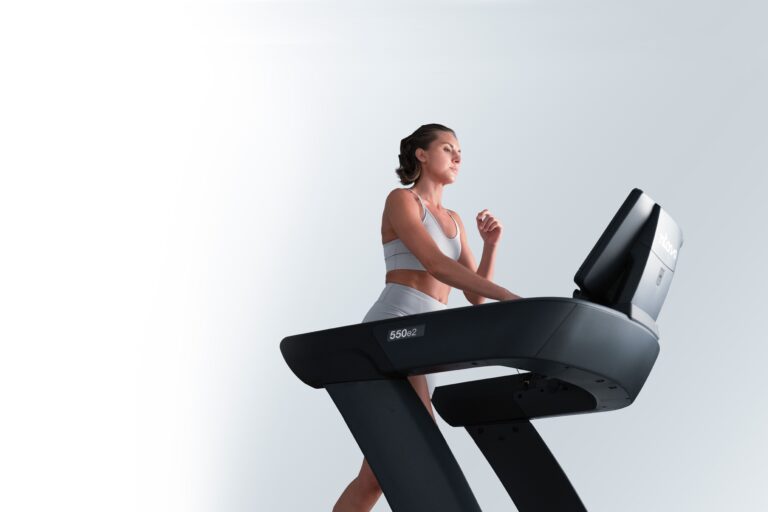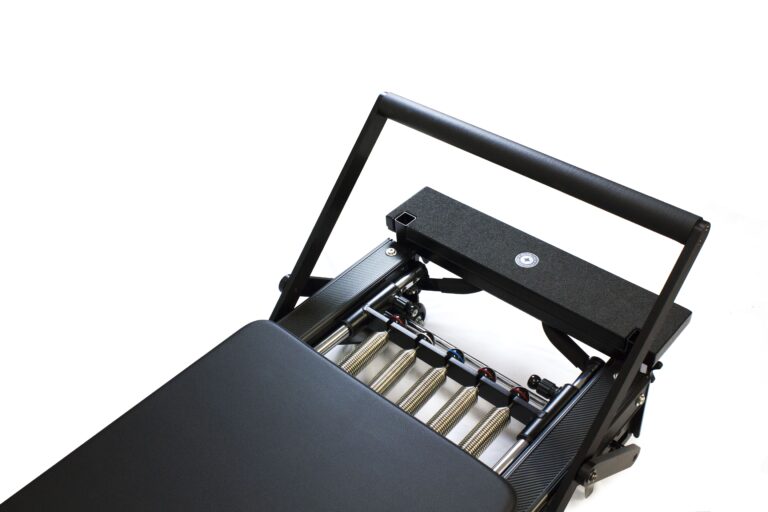12 Things to Consider for Physical Therapy Fitness Equipment
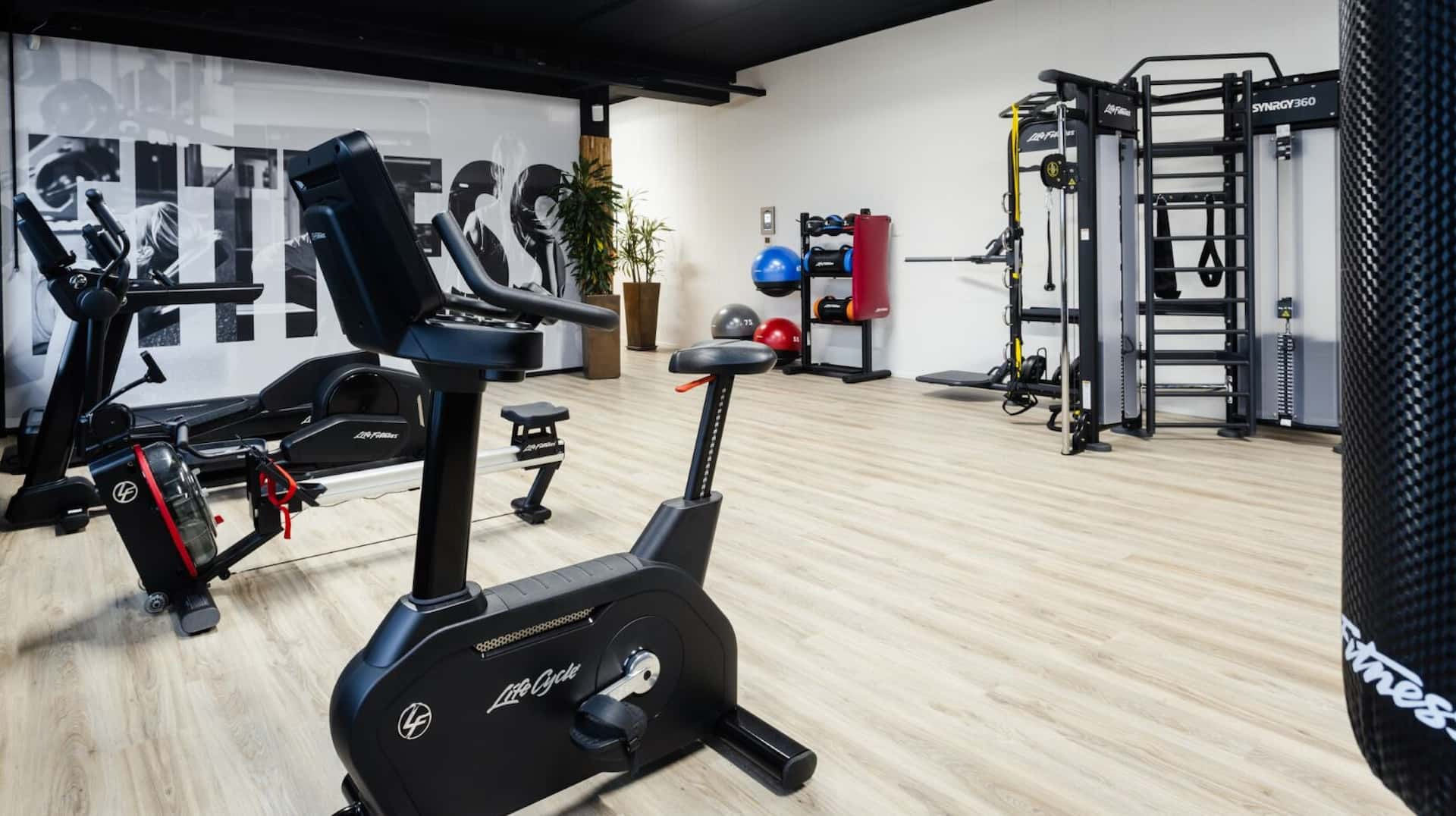
When you are expected to get the best results for your patients in the least amount of time, all of your decisions must be carefully planned. We compiled this guide to help you make the best decisions for your patients and your facility when it comes to selecting exercise equipment.
1. Accessibility
Are all of your products easily accessible to your patients? If the equipment requires the patient to stand (such as a treadmill), ensure that there are steps and handrails to help them along. If the product has a seat, check to see if it is removable for wheelchair access. For easy patient transfers, the seat should feature a swivel as well as vertical height adjustment. Choose equipment with adequate body weight and height capacity for various users.
2. Space
Determine how much space is available, and ensure the product you are considering fits in that space. If not, see “Double-Duty” below.
3. Double-Duty
Can the product be used for more than one exercise or more than one purpose? The more versatile the product, the more valuable it will be to your exercisers.
4. Data Collection and Tracking
Use data collection and tracking equipment to provide your exercisers with more informed results and a better progression history.
5. Accessories
Do you have patients who require grip assistance or leg supports while using exercise equipment? Do you want an accessory for rehabilitating shoulders on an upper-body exerciser? Decide what type of accessories you need and make them available to your exercisers.
6. Programs
Opt for equipment that gives you the programs your exercisers desire. These programs might include an isokinetic resistance program for safe, accommodating strength or constant workload based on a fixed-watts setting. Most exercise machines give basic feedback such as time and calories, but additional feedback such as RPMs, Watts and METs may be necessary for your exercisers.
7. Maintenance, Service and Support
Find out ahead of time if the equipment company you are considering has a certified service provider in your area. Choose products that require little preventive maintenance and a company that provides helpful live support staff.
8. Ease of Use
Choose a control panel that’s easy to read and use, has a simple menu and a clutter-free feedback screen. A screen with high contrast display and the option to hear audible beeps will benefit individuals with visual and hearing impairments.
9. Features
Make a list of the features you need and rank how important each is in your decision-making process. Don’t forget to include necessary features for physical therapy, such as bi-directional resistance, low starting resistance, a reclining seat and proper biomechanics.
10. Adjustability and Range of Motion
Take into consideration the range of motion and adjustability requirements of your patients (e.g., adjustable cranks, adjustable axis of rotation and adjustable seat height). Identify products that meet these needs to ensure proper body placement and biomechanics.
11. Durability
You’re a professional. You, your facility and your patients deserve professional tools. Don’t cut corners with your products. Instead, go for high quality and lasting durability. The right product will last for years and will require very little maintenance. If the lower cost, lower quality product is all you think you can afford, don’t settle. Check out your financing options. Leasing plans are readily available and the rates are generally favorable.
12. Trusted Brand
Choose a trusted brand with experience in medical exercise therapy. A well-established brand will typically come with a knowledgeable staff that will be there to support you for years to come.
Learn how Life Fitness can support your facility’s physical therapy fitness equipment needs today.

Source: https://www.lifefitness.com/en-us/customer-support/education-hub/blog/12-things-consider-physical-therapy-fitness-equipment
